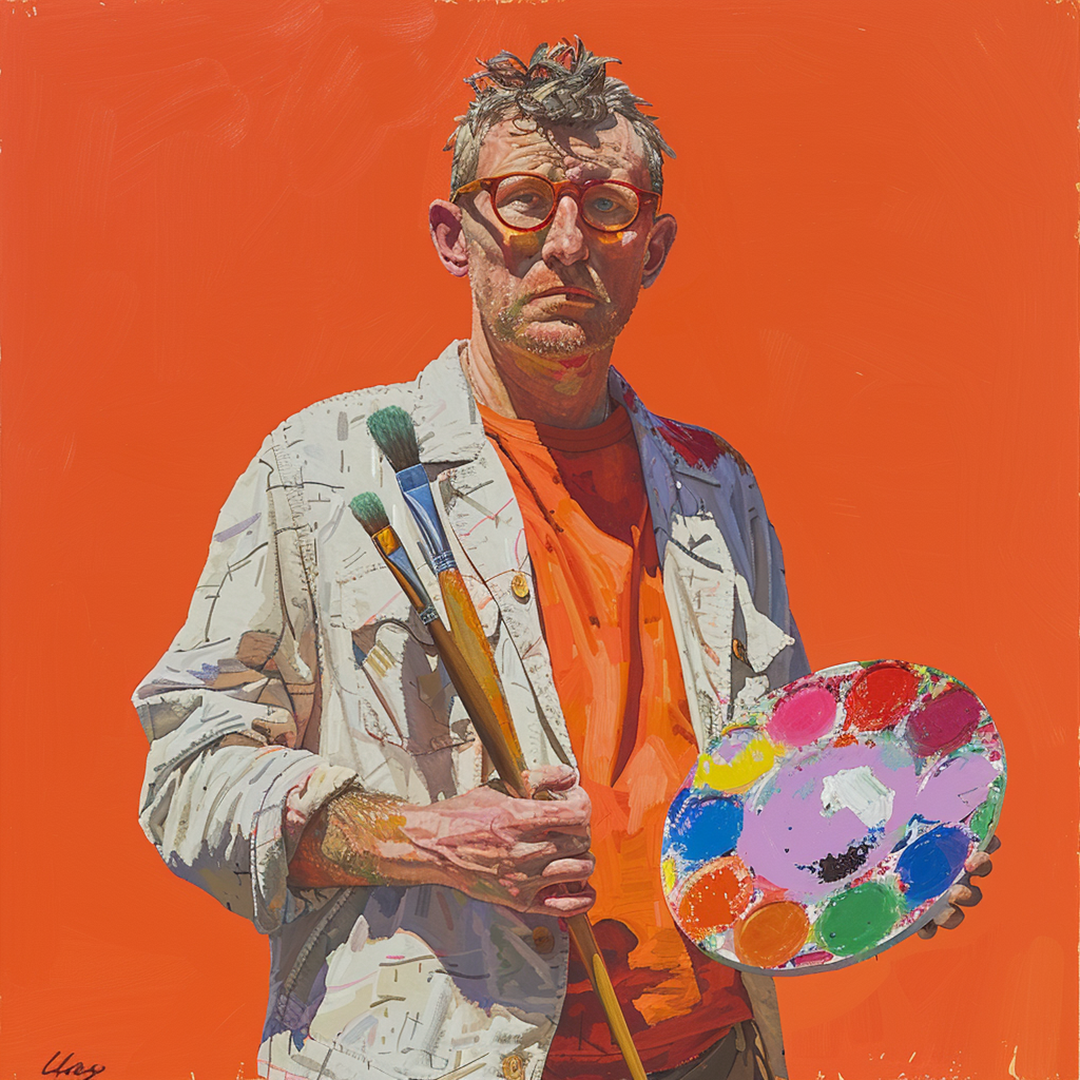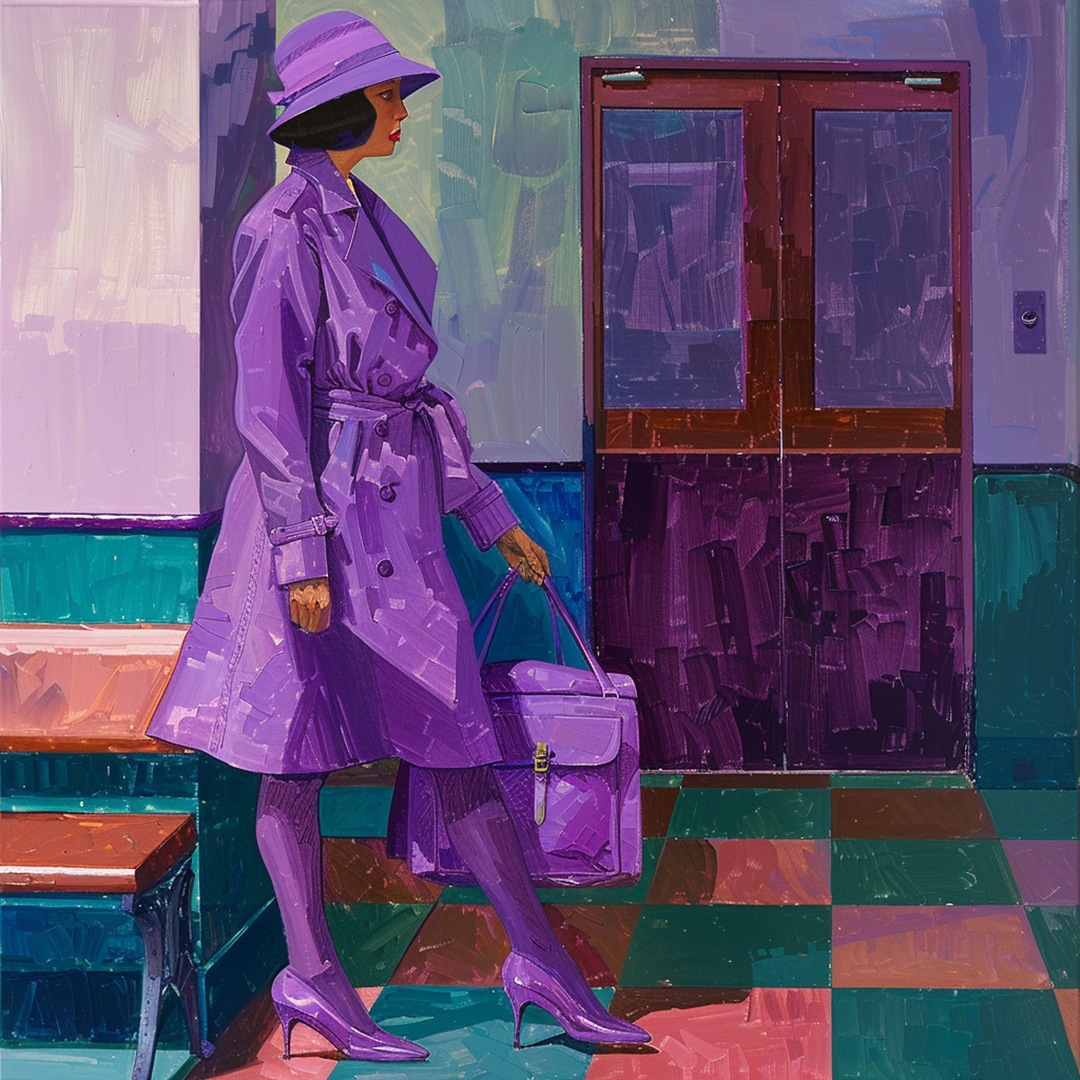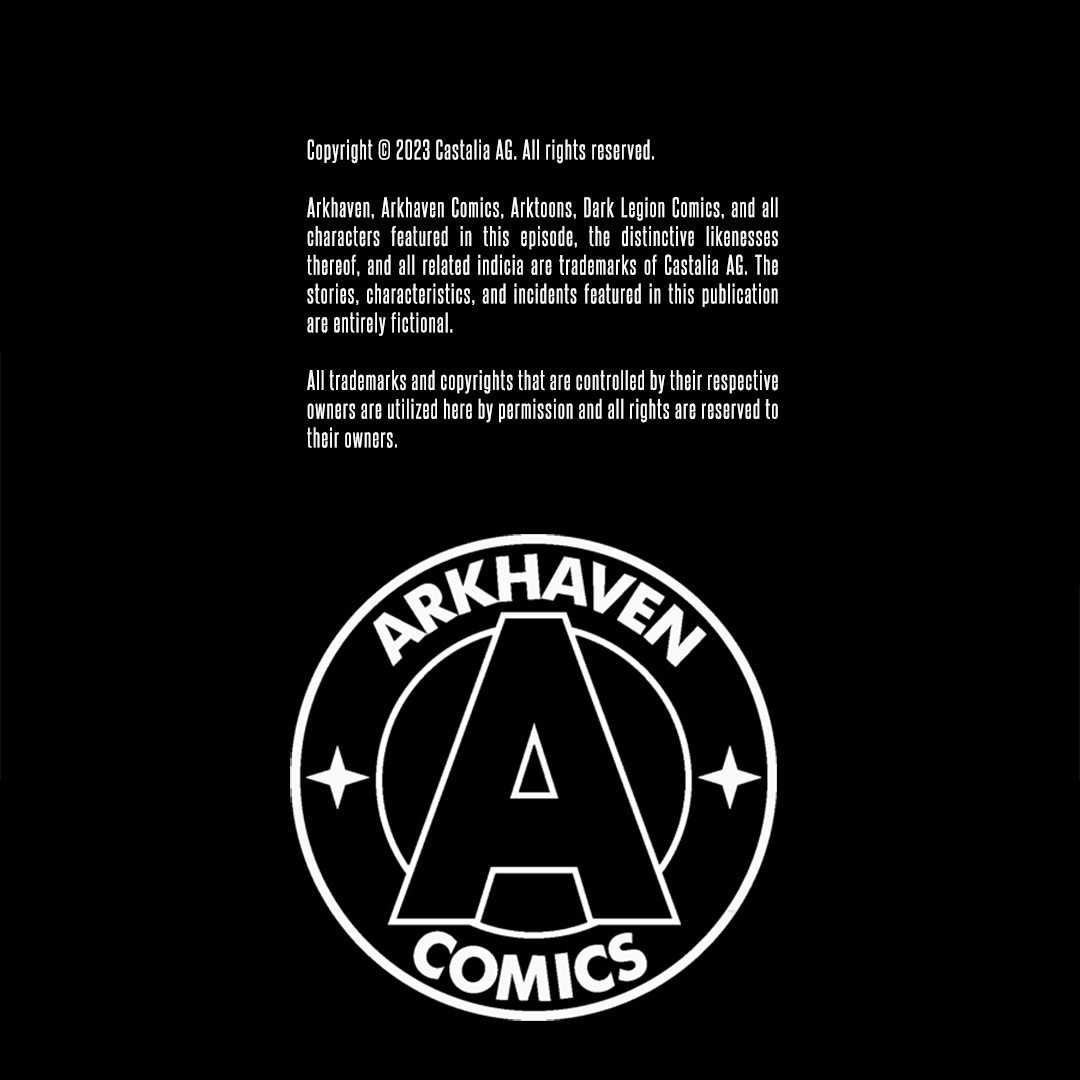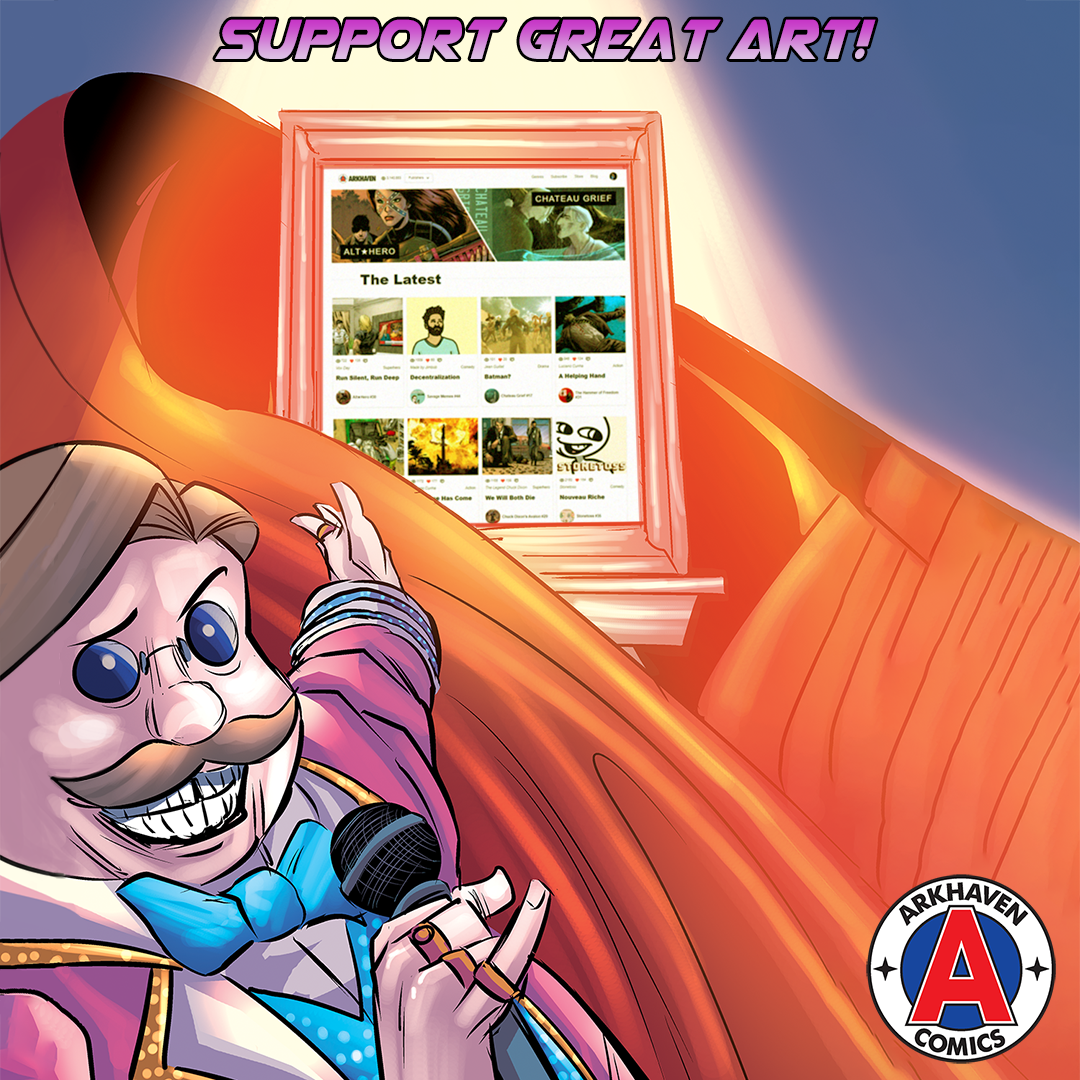He was referring to one of the male figures in white, whose head was a portrait of Dr. Benjamin Hitz, the hospital’s Chief Obstetrician. Hitz was a blindingly handsome man.
“Lot of faces still to fill in,” said the orderly. He meant that the faces of many of the figures in the mural were still blank. All blanks were to be filled with portraits of important people on either the hospital staff or from the Chicago Office of the Federal Bureau of Termination.
“Must be nice to be able to make pictures that look like something,” said the orderly.
The painter’s face curdled with scorn. “You think I’m proud of this daub?” he said. “You think this is my idea of what life really looks like?”

“What’s your idea of what life looks like?” said the orderly.
The painter gestured at a foul dropcloth. “There’s a good picture of it,” he said. “Frame that, and you’ll have a picture a damn sight more honest than this one.”
“You’re a gloomy old duck, aren’t you?” said the orderly.
“Is that a crime?” said the painter.
The orderly shrugged. “If you don’t like it here, Grandpa—” he said, and he finished the thought with the trick telephone number that people who didn’t want to live any more were supposed to call. The zero in the telephone number he pronounced “naught.”
The number was: “2 B R 0 2 B.”
The number was: “2 B R 0 2 B.”
It was the telephone number of an institution whose fanciful sobriquets included: “Automat,” “Birdland,” “Cannery,” “Catbox,” “De-louser,” “Easy-go,” “Good-by, Mother,” “Happy Hooligan,” “Kiss-me-quick,” “Lucky Pierre,” “Sheepdip,” “Waring Blendor,” “Weep-no-more” and “Why Worry?”
“To be or not to be” was the telephone number of the municipal gas chambers of the Federal Bureau of Termination.
•••
The painter thumbed his nose at the orderly. “When I decide it’s time to go,” he said, “it won’t be at the Sheepdip.”
“A do-it-yourselfer, eh?” said the orderly. “Messy business, Grandpa. Why don’t you have a little consideration for the people who have to clean up after you?”
The painter expressed with an obscenity his lack of concern for the tribulations of his survivors. “The world could do with a good deal more mess, if you ask me,” he said.
The orderly laughed and moved on.
Wehling, the waiting father, mumbled something without raising his head. And then he fell silent again.
A coarse, formidable woman strode into the waiting room on spike heels. Her shoes, stockings, trench coat, bag and overseas cap were all purple, the purple the painter called “the color of grapes on Judgment Day.”

The medallion on her purple musette bag was the seal of the Service Division of the Federal Bureau of Termination, an eagle perched on a turnstile.
The woman had a lot of facial hair—an unmistakable mustache, in fact. A curious thing about gas-chamber hostesses was that, no matter how lovely and feminine they were when recruited, they all sprouted mustaches within five years or so.
“Is this where I’m supposed to come?” she said to the painter.
“A lot would depend on what your business was,” he said. “You aren’t about to have a baby, are you?”
“They told me I was supposed to pose for some picture,” she said. “My name’s Leora Duncan.” She waited.
“And you dunk people,” he said.
“What?” she said.
“Skip it,” he said.
“That sure is a beautiful picture,” she said. “Looks just like heaven or something.”
“Or something,” said the painter. He took a list of names from his smock pocket. “Duncan, Duncan, Duncan,” he said, scanning the list. “Yes—here you are. You’re entitled to be immortalized. See any faceless body here you’d like me to stick your head on? We’ve got a few choice ones left.”























































